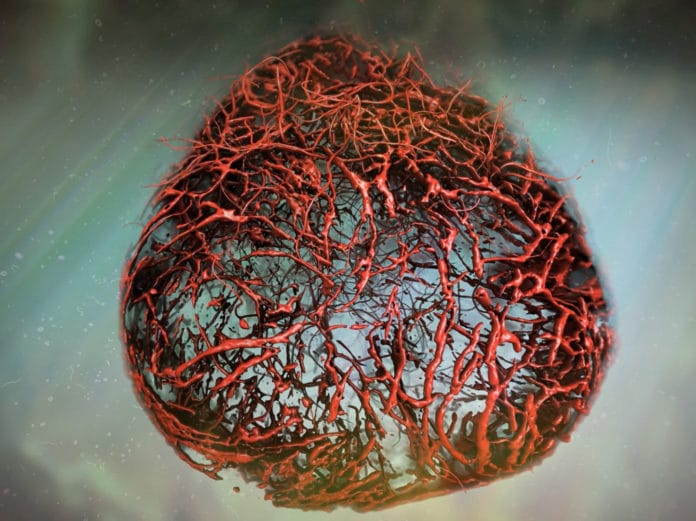A group of scientists at the University of British Columbia has successfully grown perfect human blood vessels as organoids in a petri dish. This breakthrough discovery could conceivably anticipate changes to veins—a noteworthy reason for death and morbidity among those with diabetes.
Study’s senior author Josef Penninger said, “Being able to build human blood vessels as organoids from stem cells is a game changer.”
“Every single organ in our body is linked with the circulatory system. This could potentially allow researchers to unravel the causes and treatments for a variety of vascular diseases, from Alzheimer’s disease, cardiovascular diseases, wound healing problems, stroke, cancer and, of course, diabetes.”
Diabetes influences an expected 420 million individuals around the world. Numerous diabetic side effects are the consequence of changes in veins that outcome in weakened blood circulation and oxygen supply of tissues. Despite its predominance, next to no is thought about the vascular changes emerging from diabetes. This restriction has hindered the improvement of much-required treatment.
To handle this issue, scientists built up a groundbreaking model: three-dimensional human blood vessel organoids developed in a petri dish. These supposed “vascular organoids” can be cultivated utilizing stem cells in the lab, strikingly mirroring the structure and capacity of genuine human veins.
At the point when scientists transplanted the vein organoids into mice, they found that they formed into flawlessly useful human blood vessels including arteries and capillaries. The revelation delineates that it is conceivable to not just engineer blood vessel organoids from human stem cells in a dish, yet in addition to growing a practical human vascular system in another species.
Reiner Wimmer, the study’s first author said, “What is so exciting about our work is that we were successful in making real human blood vessels out of stem cells. Our organoids resemble human capillaries to a great extent, even on a molecular level, and we can now use them to study blood vessel diseases directly on human tissue.”
One feature of diabetes is that blood vessels show an abnormal thickening of the basement membrane. As a result, the delivery of oxygen and nutrients to cells and tissues is strongly impaired, causing a multitude of health problems, such as kidney failure, heart attacks, strokes, blindness, and peripheral artery disease, leading to amputations.
The researchers then exposed the blood vessel organoids to a diabetic environment in a petri dish.
They observed that a massive expansion of the basement membrane in the vascular organoids.
The researchers then searched for chemical compounds that could block thickening of the blood vessel walls. They found none of the current anti-diabetic medications had any positive effects on these blood vessel defects. However, they discovered that an inhibitor of γ-secretase, a type of enzyme in the body, prevented the thickening of the blood vessel walls, suggesting, at least in animal models, that blocking γ-secretase could be helpful in treating diabetes.
The study is published in the journal Nature.
